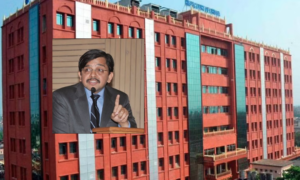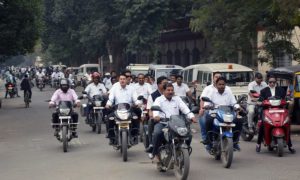Unscheduled power cuts coupled with the continuing heat wave for the past few days have mounted woes on people in several parts of the state. Adding to the woes, the weathermen on Sunday forecast that heat wave conditions would continue in some parts of the state for at least five more days.
Meanwhile, the state government has started taking measures to tackle power shortage.
The sunstroke death toll confirmed by the state government went up to five on Sunday with addition of one more death from Boudh district. The government’s confirmation of five sunstroke deaths came against receipt of 47 allegations of heat-related deaths from across the state.
On Sunday, Bolangir recorded the day’s highest 45.5 degree Celsius in the state followed by Titlagarh and Sonepur recording 45 degree Celsius each. The mercury hovered around 44 degree Celsius and above in Sambalpur (44.5), Hirakud (44.3) and Jharsuguda (44.0). Besides there were at least eight other places in western, interior and coastal pockets where mercury hovered over 40 degrees Celsius. They include Angul (43.5), Sundergarh (43.0), Bhawanipatna (42.2) and Keonjhar (42.2). Bhubaneswar recorded 41.6 degree Celsius while Cuttack experienced 40.4 degree Celsius.
Director of local meteorological centre SC Sahu said, “The heat wave condition, going by the satellite image, is likely to continue in some parts of the state for at least four to five more days.”
With situation turning worse due to power cuts, energy minister Atanu Sabyasachi Nayak held a meeting to find possible solutions. After the meeting, the minister told media persons that he had directed the distribution companies to take utmost care to avoid power cuts during daytime. “We have been facing a shortage of about 500 mega watt during peak hours due to less generation of hydro power and that forced us to go for power cut. We have also taking steps to tide over the situation. But this problem would be overcome only after the arrival of monsoon,” Nayak said.
The minister said that he had sought the cooperation of private industries having captive generating units to provide surplus power to the state during the present crisis period by expanding their capacity utilization.














